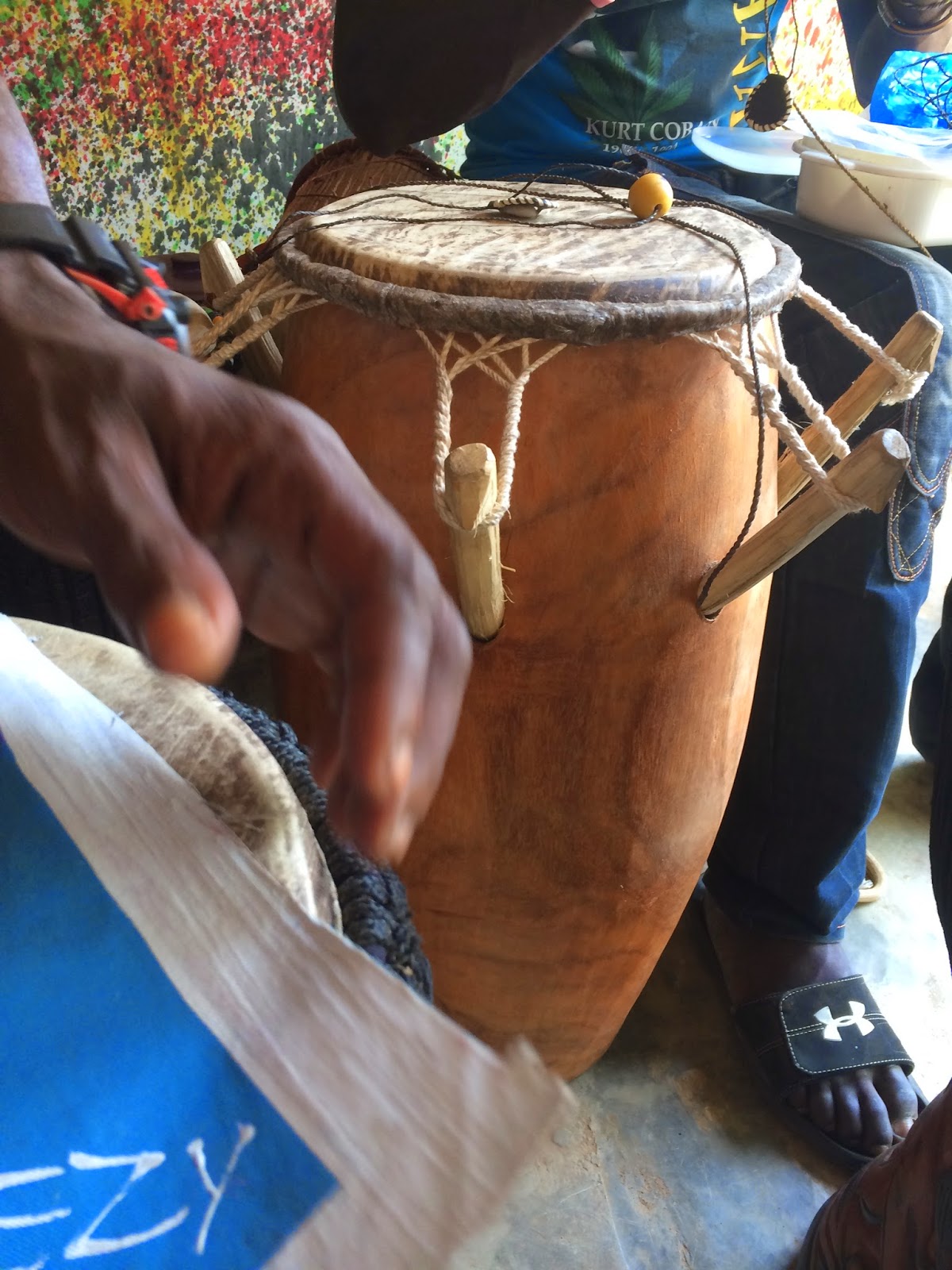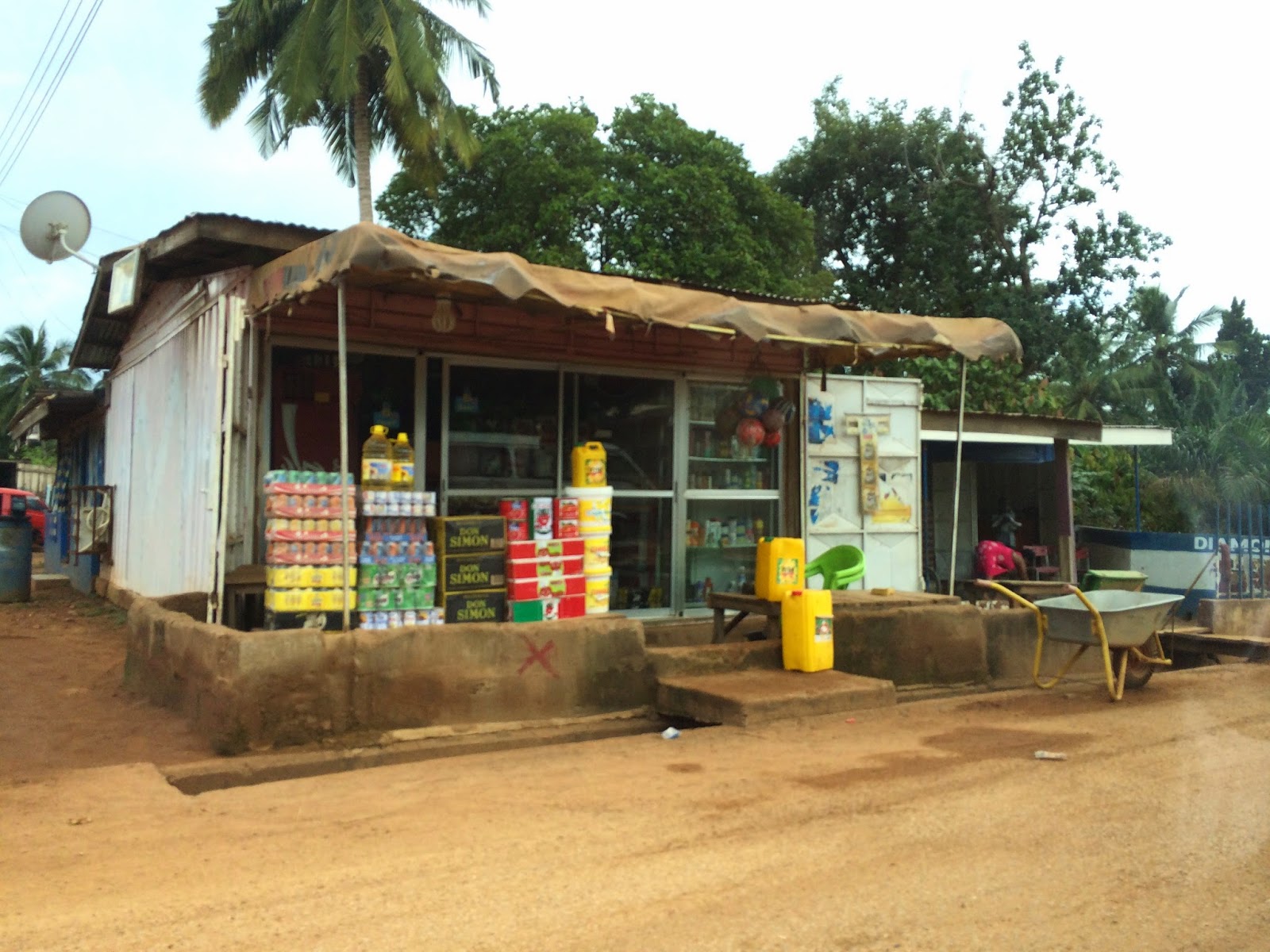 Akwaaba, Me din de Amma. I know slightly more Twi, but not too much more. I am called Abruni and don't mind. My sandals are a bit worse for wear and my backpack has held up through another country.
Akwaaba, Me din de Amma. I know slightly more Twi, but not too much more. I am called Abruni and don't mind. My sandals are a bit worse for wear and my backpack has held up through another country. Accra seemed overwhelming during my first few days, but in just a short time I learned to navigate the streets with ease.
Once again I became comfortable with discomfort which has been a theme that continues to widen my understanding of the world, both at home and abroad.
I will be leaving in the next couple of hours.
I'm anxious to resume my life. I have a course scheduled to start and will resume tutoring young children in the homeless shelter. I can't wait to see my granddaughters - Ava and Mia and of course Barkley Bear, Theresa and my boys.
But I'm also sad to leave Ghana. I have a new appreciation of one country in Africa and have just begun to understand the culture.
I leave here proving to myself, once again, that I can travel freely around a new country by myself. I never could have imagined this independence twenty years ago. Simply by saying a few words in Twi I have opened conversations with people and learned so much from them.
Last night was my last evening with my students. A few kept asking when I would return, what else I teach and would I come back. I will miss them and yes, if my expertise is required, I would come back.
My students are welcoming, bright and enthusiastic. I am sure they learned from the two courses I taught and in return, I learned from them.
I have had pictures taken with people and have no idea who they are or why they wanted pictures. I always ask them to take pictures with my camera in return...just because it makes a good story.
When Janyn was here we spotted Ghanaians taking pictures of us thinking we wouldn't notice - we did.
In turn, we took pictures of Ghanaians who we thought wouldn't notice - and probably did.
I met Ashley, a Peace Corps Volunteer. She introduced me to her neighbors who pounded fufu and made soup for Janyn and me.
I listened to good music. . . and some not so good.
I learned about Ghanaian Art, although one piece still remains a mystery.
I learned to move through the city in a TroTro by myself. I met many friendly Ghanaians on the TroTro rides.
We shared stories of Ghana and the United States. For someone who is directionally challenged this is an accomplishment worth noting.
The second Peace Corps goal is to promote a better understanding of Americans - something I can do as a Returned Peace Corps Volunteer, even if it's not my country of service.
I bought fruit my first day with negotiation help from the staff but quickly learned the art of independence, becoming fast friends with my favorite vendor. Hugging me was actually her idea... something Ghanaians rarely do. She dashed me my last pineapple (Dash=an extra or a gift). When she showed it to me she told me it was the biggest and freshest pineapple she had. It was the best I have eaten, here or anywhere.
Janyn and I visited one of the poorest villages in Ghana where we were offered a desperate woman's baby shortly after this picture was taken.
What I will miss the most is the simplicity of life. I saw it in Central America, I lived it in Saint Lucia and I have been reminded of the peacefulness it brings in Ghana, Africa.
It continues to bring up a burning question. "Peace Corps Response?" I'm not sure. The application is only half completed.
And Barkley, my virtual dog. I brought him to Saint Lucia and yes, he came with me to Ghana. He was a good virtual boy and stayed in one spot during his entire virtual visit. He always kept me company and never bothered anyone. What a great virtual dog!

So it is time to leave and I am anxious to get home and so sad to leave. Nante Yie!
Thanks Ghana, my students, and Webster University!
Now on to a grueling 25 hour, door-to-door, travel adventure.



























































